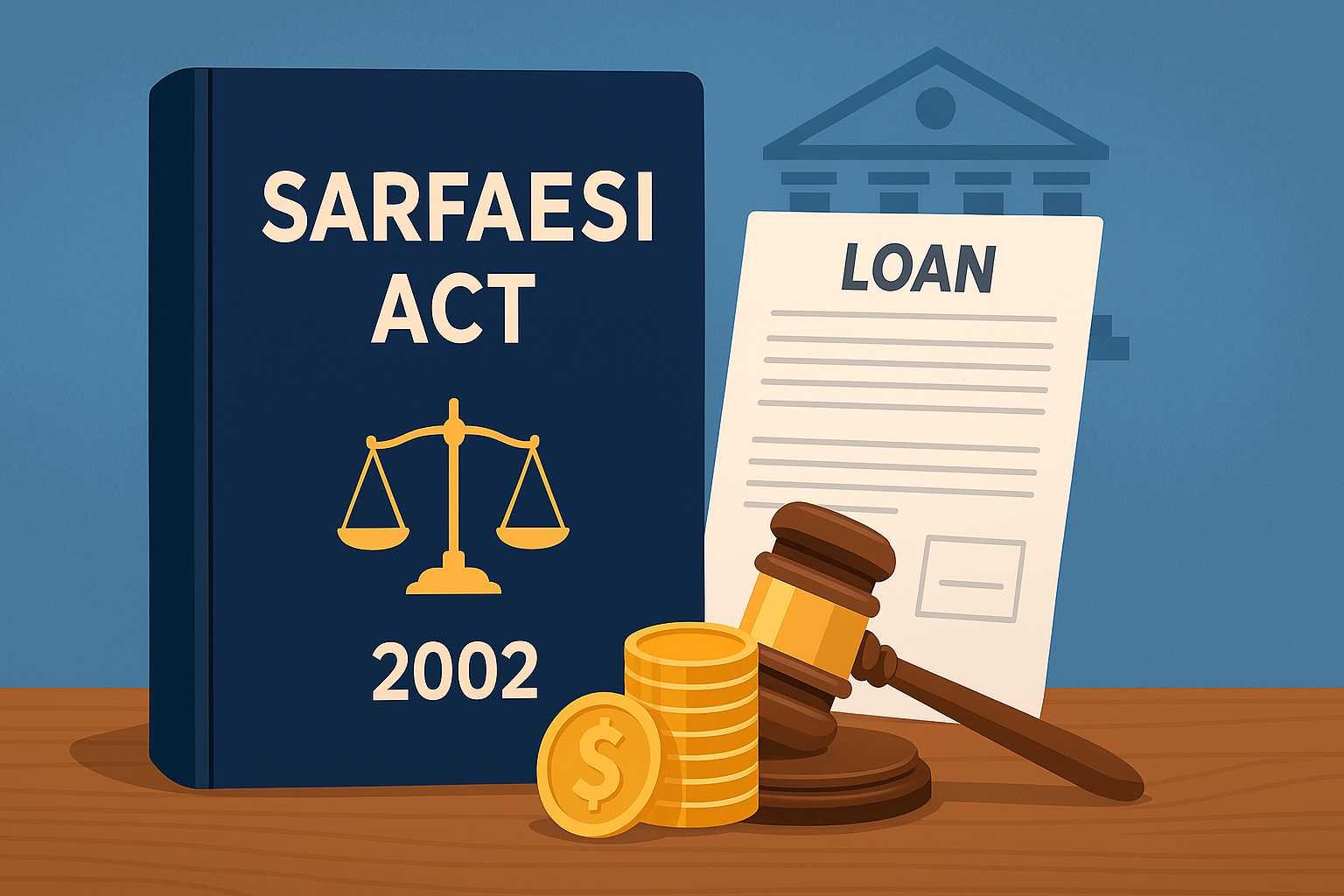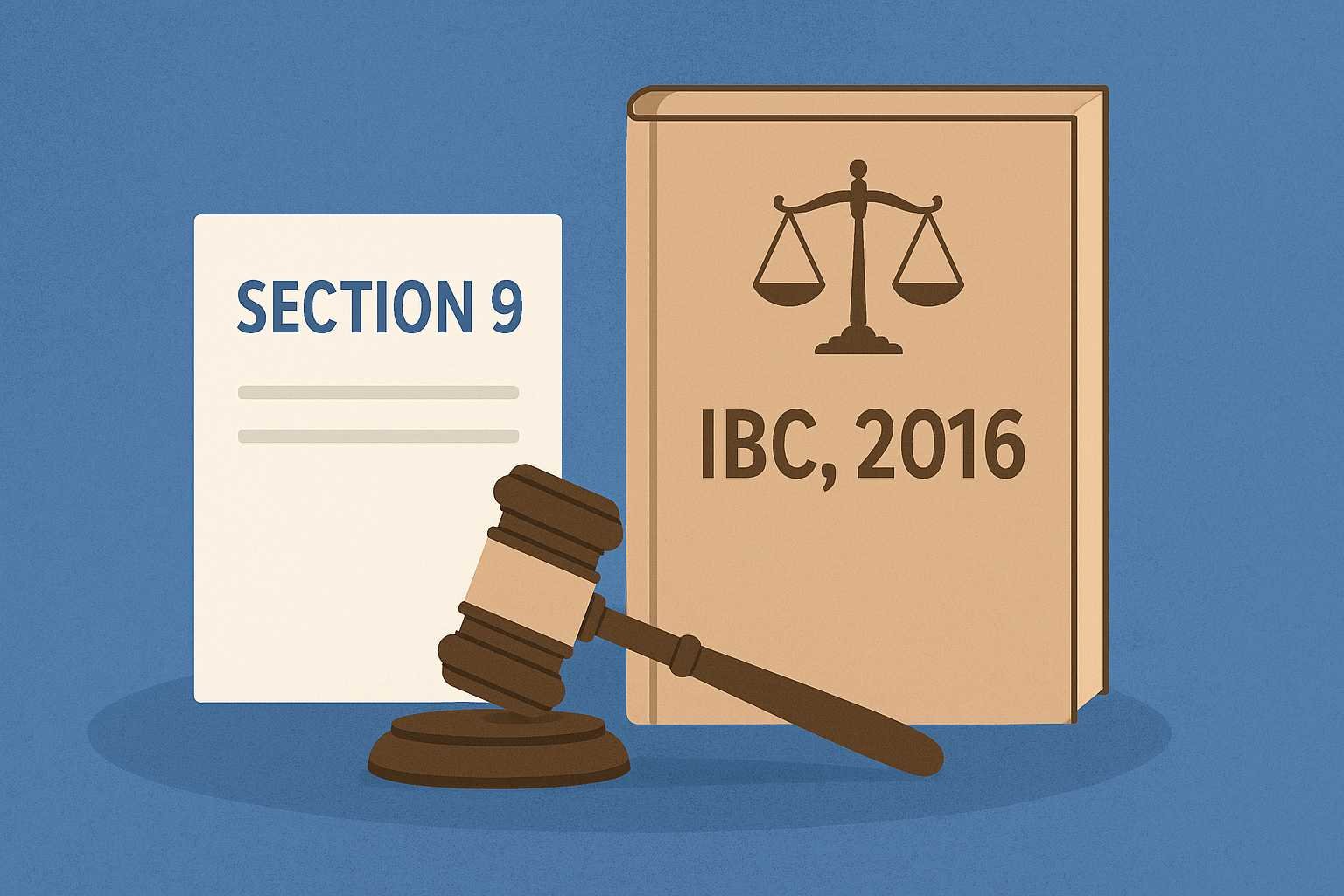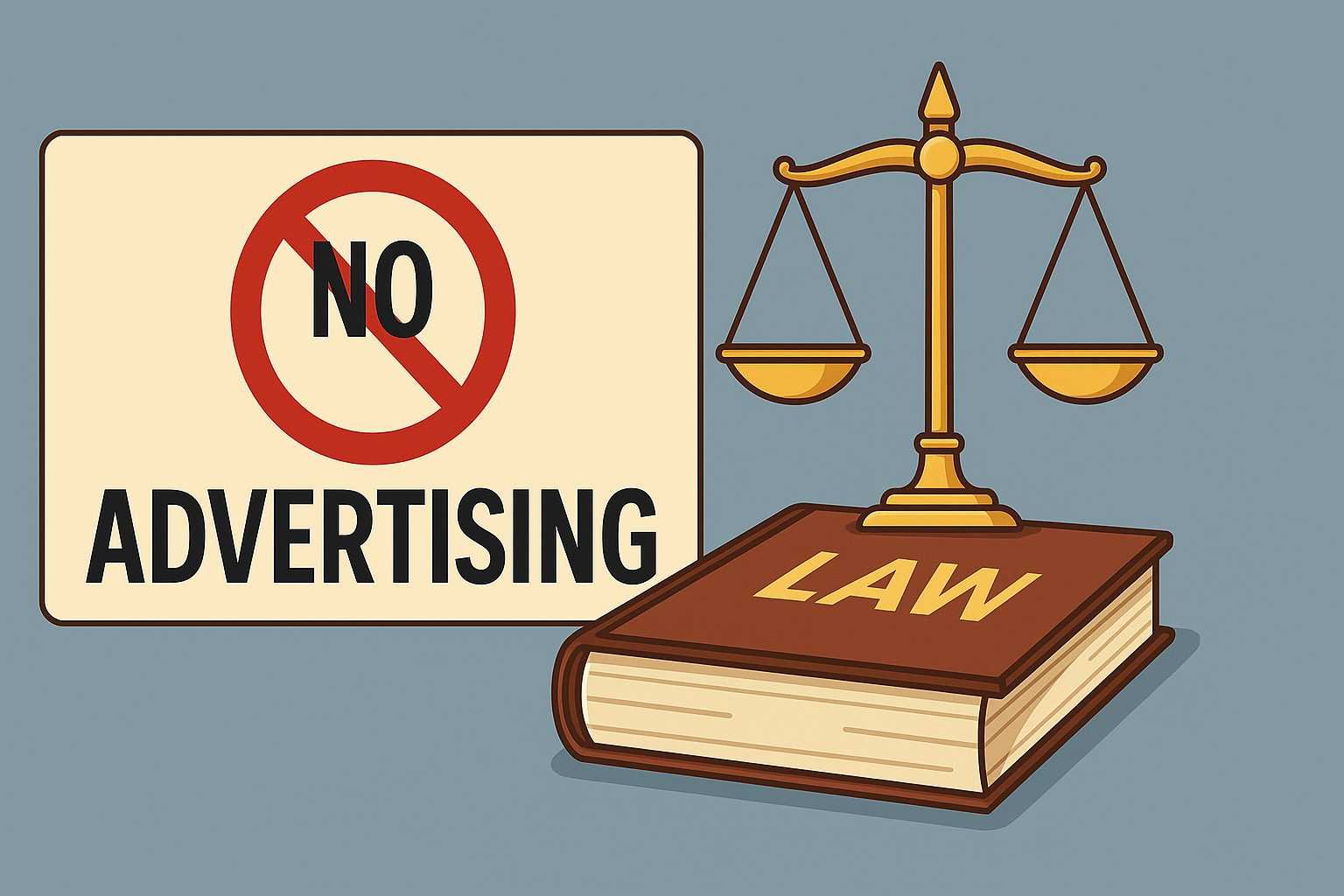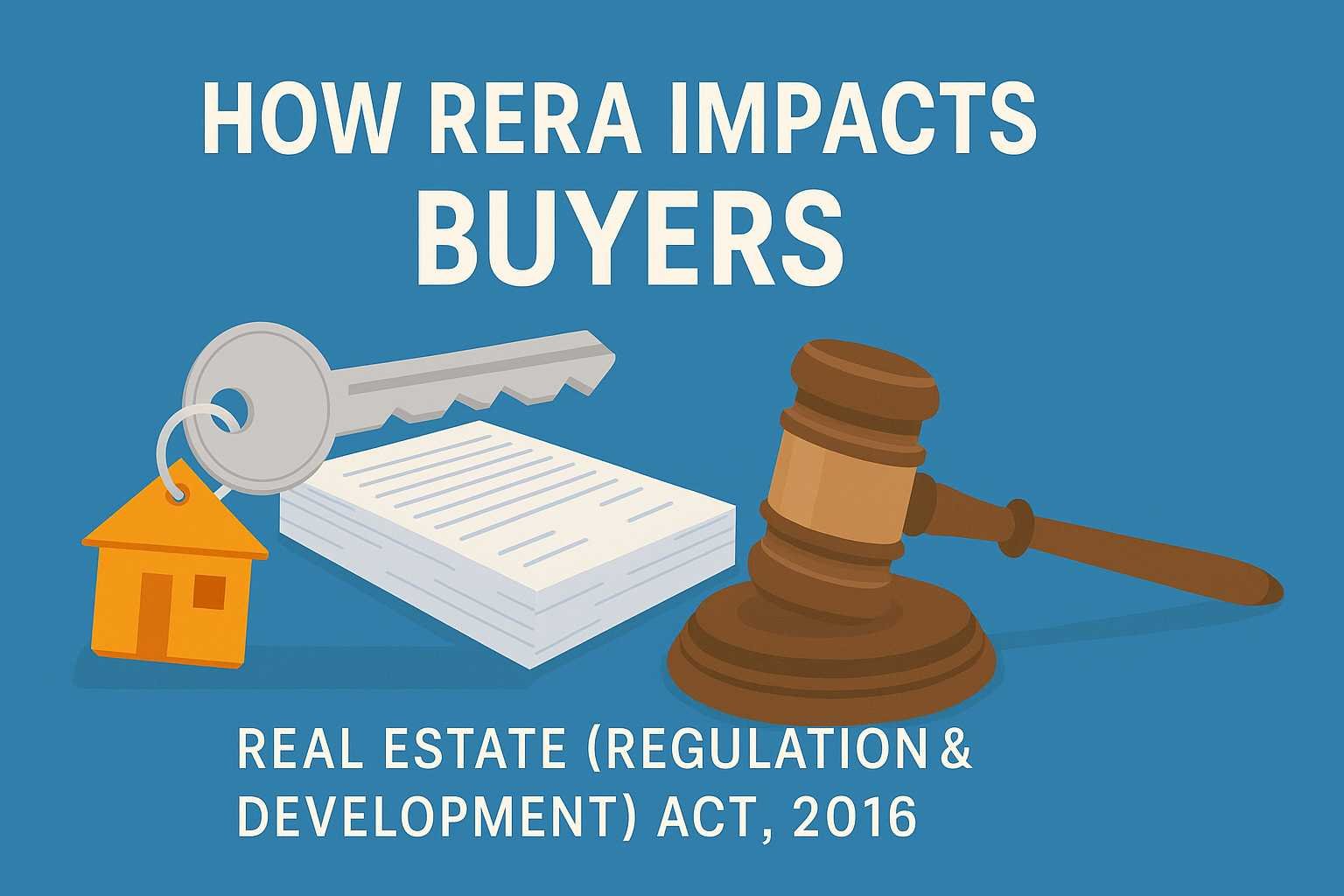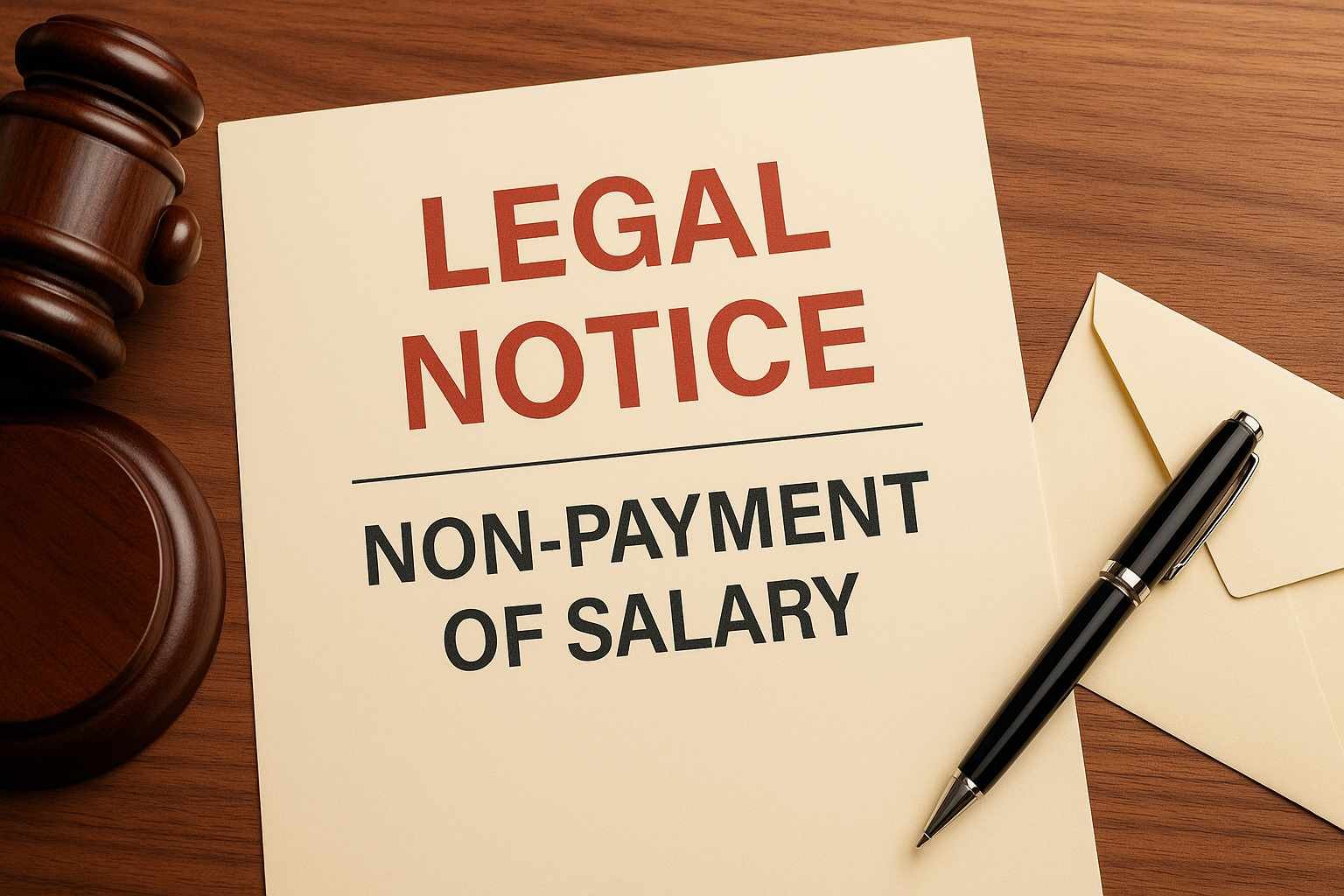On this page you will read detailed information about SARFAESI Act 2002.
The Securitisation and Reconstruction of Financial Assets and Enforcement of Security Interest Act, 2002 — commonly known as the SARFAESI Act — is one of the most powerful financial legislations in India.
Enacted to strengthen the hands of banks and financial institutions, this law enables them to recover bad loans quickly and efficiently without the need for lengthy court proceedings. Over two decades later, the SARFAESI Act continues to play a critical role in addressing non-performing assets (NPAs) and ensuring financial discipline in the Indian economy.
This blog explains the objectives, key provisions, procedures, amendments, and significance of the SARFAESI Act as of 2025, along with the latest updates and judicial interpretations.
1. Background and Purpose
Before 2002, Indian banks faced serious challenges in recovering defaulted loans. The recovery process through civil courts and debt tribunals was time-consuming, costly, and inefficient. By the early 2000s, the Indian financial sector was struggling with high levels of NPAs, threatening the stability of the banking system.
To address this, the Narasimham Committee (1998) and the Andhyarujina Committee (1999) recommended the creation of a law allowing banks to enforce security interests without court intervention.
Based on these recommendations, Parliament enacted the SARFAESI Act in December 2002, empowering secured creditors to take possession of assets and recover dues directly from defaulting borrowers.
2. Objectives of the SARFAESI Act
The main objectives of the Act are:
- To enable banks and financial institutions to recover NPAs efficiently.
- To empower secured creditors to enforce their rights without court approval.
- To promote asset reconstruction and securitisation in the financial sector.
- To ensure credit discipline and reduce the burden of bad loans on the economy.
- To strengthen the overall banking and financial ecosystem in India.
In short, the Act provides a fast-track mechanism for banks to recover debts by selling or taking over secured assets.
3. Applicability of the Act
The SARFAESI Act applies to:
- Banks (including public, private, and cooperative banks)
- Financial Institutions registered with the Reserve Bank of India (RBI)
- Securitisation and Reconstruction Companies (ARCs)
- Non-Banking Financial Companies (NBFCs) (with certain thresholds notified by RBI)
It applies only to secured loans, i.e., loans backed by collateral like land, buildings, or machinery. The Act does not apply to:
- Unsecured loans
- Agricultural land
- Security interests below ₹1 lakh or less than 20% of the principal loan amount
4. Key Definitions under the Act
(a) Secured Creditor
A bank, financial institution, or asset reconstruction company that has a security interest in the borrower’s assets.
(b) Borrower
Any person who has taken a financial assistance from a bank or institution and has defaulted in repayment.
(c) Non-Performing Asset (NPA)
A loan account is classified as NPA when interest or principal remains overdue for more than 90 days.
(d) Security Interest
A right, title, or claim created in favor of a secured creditor over the borrower’s asset as collateral for a loan.
In the previous post, we had shared information about Understanding Section 9 of the Insolvency and Bankruptcy Code (IBC), 2016, so read that post also.
5. Major Provisions of the SARFAESI Act
The Act contains five key chapters that lay down the framework for loan recovery and asset reconstruction:
(1) Securitisation (Chapter II)
Banks can convert their loan assets into marketable securities. This allows them to:
- Sell NPAs to Asset Reconstruction Companies (ARCs).
- Raise funds by issuing security receipts to investors.
This process helps in offloading stressed assets and improving bank balance sheets.
(2) Asset Reconstruction Companies (ARCs)
ARCs are specialized financial institutions registered under the RBI that purchase NPAs from banks.
Their role is to:
- Restructure bad loans,
- Take possession of collateral, and
- Recover dues through sale or lease of assets.
Popular examples include Asset Reconstruction Company (India) Ltd. (ARCIL), Edelweiss ARC, and Pegasus ARC.
(3) Enforcement of Security Interest (Section 13)
This is the core provision of the SARFAESI Act.
Procedure under Section 13:
- Notice of 60 Days:
If a borrower defaults, the bank issues a demand notice under Section 13(2) asking repayment within 60 days. - Action on Default:
If the borrower fails to comply, the bank may:- Take possession of secured assets,
- Take control of management,
- Appoint a manager, or
- Sell, lease, or transfer the asset to recover dues.
- Appeal Provision:
The borrower can appeal before the Debt Recovery Tribunal (DRT) under Section 17 if aggrieved by the bank’s action.
(4) Central Registry of Securitisation Asset Reconstruction and Security Interest of India (CERSAI)
Established under Section 20 of the Act, CERSAI is a central database that records all security interests in movable and immovable assets.
It prevents multiple loans against the same collateral and enhances transparency.
(5) Role of Reserve Bank of India
RBI regulates and supervises ARCs, including:
- Setting capital adequacy norms.
- Approving registration and governance structure.
- Issuing prudential guidelines for asset reconstruction.
6. Amendments and Developments (2016–2025)
The SARFAESI Act has been amended several times to keep pace with the evolving financial system.
(a) Amendment of 2016
- Empowered NBFCs: Allowed NBFCs with assets of ₹500 crore or more to use SARFAESI provisions.
- Streamlined Registration of ARCs: Reduced approval timelines for ARCs.
- Integration with Bankruptcy Code: Linked SARFAESI recovery with the Insolvency and Bankruptcy Code (IBC), 2016 for better coordination.
(b) 2021–2023 Regulatory Enhancements
- Digital Auctions: NPA assets are now sold through online e-auction platforms for transparency.
- RBI Guidelines (2022): Strengthened due diligence norms for sale of stressed assets to ARCs.
- SARFAESI Portal (2023): Launched by the Ministry of Finance for unified monitoring of asset recovery cases.
(c) 2024–2025 Developments
- AI-driven NPA Monitoring: Banks have adopted AI tools for early identification of defaults.
- Integration with DigiLocker: Security documents and mortgage details are stored digitally for traceability.
- Co-Lending Framework: SARFAESI now extends to co-lending arrangements between banks and NBFCs for joint recovery.
7. Judicial Interpretation and Landmark Cases
(a) Mardia Chemicals Ltd. v. ICICI Bank (2004) 4 SCC 311
This was the first major constitutional challenge to the SARFAESI Act.
The Supreme Court upheld the validity of the Act, recognizing that empowering banks to enforce security without court intervention was constitutionally valid, as borrowers had adequate remedies before DRT.
(b) Transcore v. Union of India (2006) 5 SCC 772
The Court ruled that banks can simultaneously initiate proceedings under SARFAESI Act and DRT, giving lenders multiple recovery options.
(c) Indian Overseas Bank v. Ashok Saw Mill (2009) 8 SCC 366
The Court held that DRT has jurisdiction to examine whether banks followed the correct procedure under Section 13.
(d) Hindon Forge Pvt. Ltd. v. State of U.P. (2019)
Clarified that borrowers can approach DRT immediately after possession notice, not necessarily after the asset is sold.
8. SARFAESI vs. Insolvency and Bankruptcy Code (IBC)
Although both aim to resolve bad loans, they differ in approach:
| Aspect | SARFAESI Act | IBC, 2016 |
|---|---|---|
| Objective | Asset-based recovery | Resolution and restructuring |
| Initiated By | Secured creditor (banks) | Creditor or debtor |
| Focus | Individual asset enforcement | Overall corporate insolvency |
| Forum | Debt Recovery Tribunal (DRT) | National Company Law Tribunal (NCLT) |
In practice, banks use SARFAESI for individual loans and IBC for larger corporate defaults.
9. Challenges and Criticisms
Despite its effectiveness, SARFAESI faces several challenges:
- Delay at DRTs: Backlogs slow down appeals and enforcement.
- Limited borrower protection: Critics say small borrowers lack sufficient safeguards.
- ARC inefficiency: Some ARCs have low recovery rates (averaging 30–35%).
- Frequent litigation: Borrowers often file writ petitions to stall proceedings.
- Coordination gaps between banks, NBFCs, and enforcement agencies.
However, recent digital reforms and DRT automation are addressing many of these gaps.
10. Impact of the SARFAESI Act
- Enhanced credit discipline among borrowers.
- Reduced NPA ratios in several banks over time.
- Strengthened secondary market for distressed assets.
- Encouraged foreign investment in asset reconstruction.
- Paved the way for complementary reforms like the IBC and RBI’s Prudential Framework (2019).
As of 2025, SARFAESI remains a cornerstone of India’s financial recovery framework, contributing to both creditor confidence and economic stability.
Conclusion
The SARFAESI Act, 2002 revolutionized India’s approach to debt recovery by empowering banks and financial institutions to act swiftly against defaulters. Over the years, through amendments and digital innovations, it has evolved into a robust and transparent mechanism that complements the Insolvency and Bankruptcy Code.
While challenges remain — such as delays in DRTs and borrower grievances — the Act continues to serve as a vital pillar of India’s financial ecosystem. In a rapidly digitalizing economy, SARFAESI is not just a recovery law; it is a symbol of India’s commitment to financial discipline, accountability, and economic resilience.
Disclaimer
The information and services on this website are not intended to and shall not be used as legal advice. You should consult a Legal Professional for any legal or solicited advice. While we have good faith and our own independent research to every information listed on the website and do our best to ensure that the data provided is accurate. However, we do not guarantee the information provided is accurate and make no representation or warranty of any kind, express or implied, regarding the accuracy, adequacy, validity, reliability, availability, or completeness of any information on the Site. UNDER NO CIRCUMSTANCES SHALL WE HAVE ANY LIABILITY TO YOU FOR ANY LOSS OR DAMAGE OF ANY KIND INCURRED AS A RESULT OR RELIANCE ON ANY INFORMATION PROVIDED ON THE SITE. YOUR USE OF THE SITE AND YOUR RELIANCE ON ANY INFORMATION ON THE SITE IS SOLELY AT YOUR OWN RISK. Comments on this website are the sole responsibility of their writers so the accuracy, completeness, veracity, honesty, factuality and politeness of comments are not guaranteed.
So friends, today we talked about SARFAESI Act 2002, hope you liked our post.
If you liked the information about SARFAESI Act 2002, then definitely share this article with your friends.
Knowing about laws can make you feel super smart ! If you find value in the content you may consider joining our not for profit Legal Community ! You can ask unlimited questions on WhatsApp and get answers. You can DM or send your name & number to 8208309918 on WhatsApp

